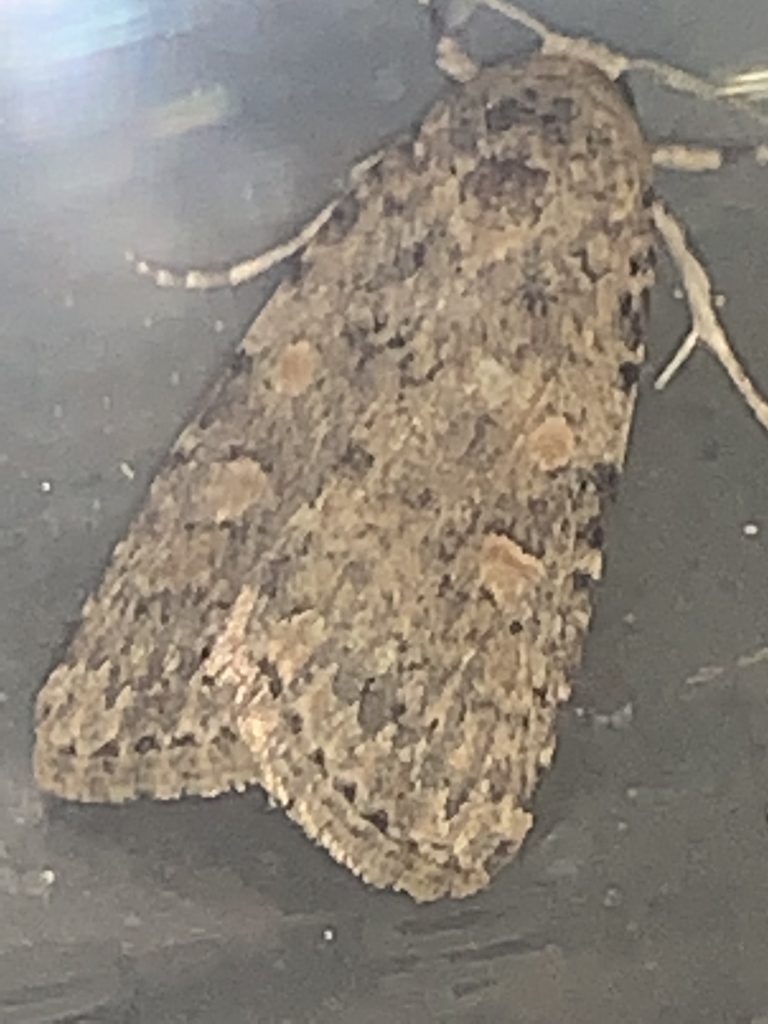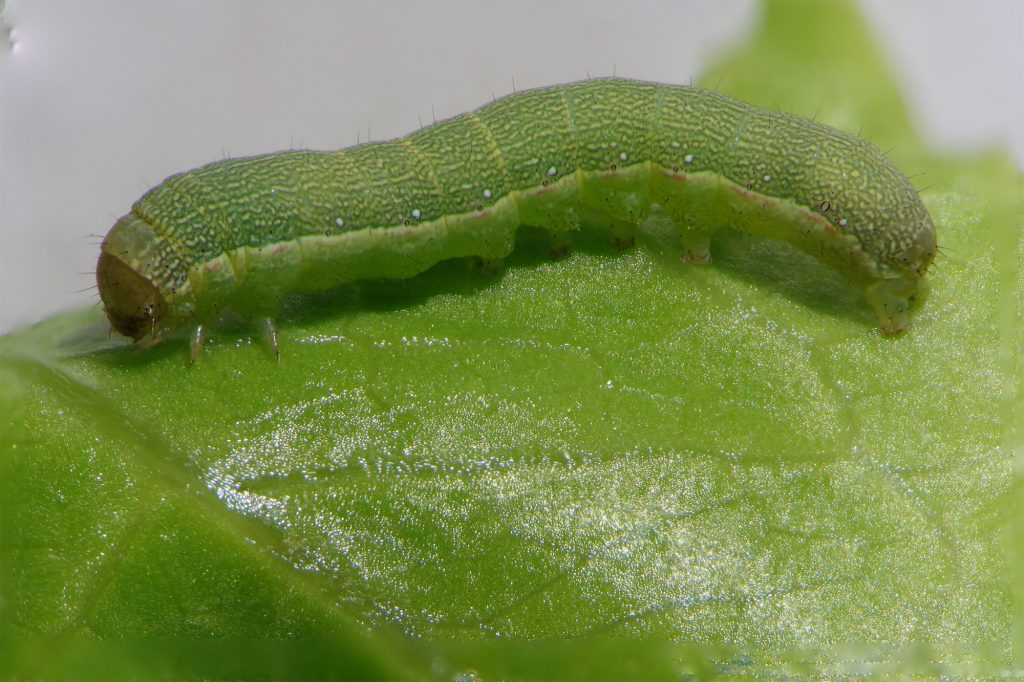Have you seen an influx of moths in southern to central New South Wales of late?
In mid-late July, large numbers of moths have been seen by growers and advisors around Hillston and Griffith in the NSW Riverina, and also further north-east near Dubbo.
The sheer magnitude of these moth flights may seem alarming, and naturally it has us asking, what does it mean for winter crops in these regions?
Who is this mystery moth?
Based on images sent to the team at PestFacts south-eastern this mystery moth most closely resembles a type of armyworm called Spodoptera exigua. It has various common names including the beet armyworm, the small mottled willow moth, and the lesser armyworm.

The beet armyworm is thought native to south-east Asia, and like several other sub-tropical and temperate countries, it has been introduced to much of mainland Australia.
The beet armyworm is a pest at the larval stage and it has a very wide host range spanning broadleaf plants and grasses, vegetables, flowering ornamentals, and field crops (some susceptible field crops include cotton, maize, peas, lucerne, sunflower, sorghum and rice).

The beet armyworm is regarded as a warm-season pest – so, how did these moths end up in southern and central NSW, smack-bang in the middle of winter?
We don’t believe they arose from local populations. The beet armyworm does not have a diapause stage in Australia, and it is likely too cold in southern NSW to support population development.
Rather, it is more likely that the beet armyworm has migrated from warmer regions where temperature allows them to persist year-round.
While there are very few studies documenting its migration pattern in the Southern Hemisphere, the beet armyworm is a known long-distance migrator.
Are winter crops at risk?
Based on available studies, we don’t believe winter crops in southern NSW are at risk of damage from offspring of the beet armyworm moths.
One study estimated a temperature requirement of 12°C for S. exigua egg development. Another study observed a disruption in female egg-lay and curtailing of life-span at 15.6°C (compared to 21.1°C and 26.7°C).
Even if it has been unseasonably warm during July and moths did have the opportunity to mate, drops in overnight temperatures and frosts will likely make it too unfavorable for egg and larval development.
The beet armyworm has been documented flying as far south as Tasmania during spring and summer. Despite this, the presence of the moths in Tasmania and ample host crops available, the beet armyworm has never established as larvae or as a pest in general there, most likely due to unfavorable conditions. Moth presence does not always result in larval population or damage.
If you are concerned about these moths and want to be extra certain that they aren’t establishing, monitor plants for sign of egg-lay. The beet armyworm moth lays its eggs in rafts that are covered in white scales that give them a furry appearance!
Other armyworm species are about
Note that armyworm is a catch-all common name for several crop and pasture moth larvae spanning temperate, sub-tropical and tropical species in Australia.
The information in this article relates to the beet armyworm in southern NSW.
Several moth species have likely been flying about, as evidenced by other species of armyworm causing damage in winter cereals at the moment.
For more information on other armyworm species in southern NSW see this issue’s article, Sizing up armyworm.
Acknowledgements
Field observations
Aaron Hutchison, Grower (Riverina NSW)
Maurie Street, Grain Orana Alliance (Central West Slopes and Plains NSW)
Cover image: Photo by Aaron Hutchison





